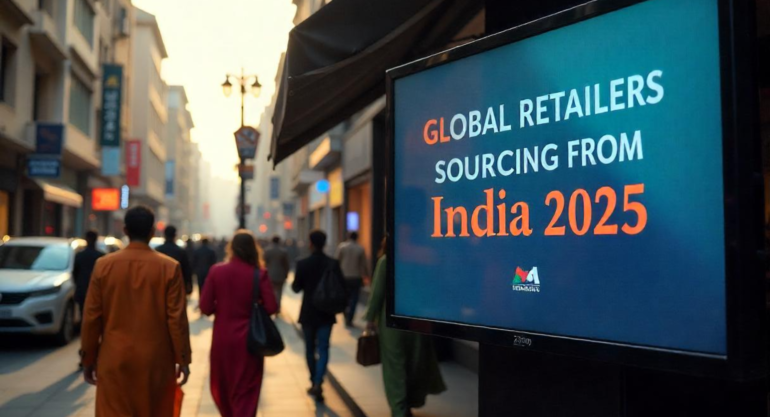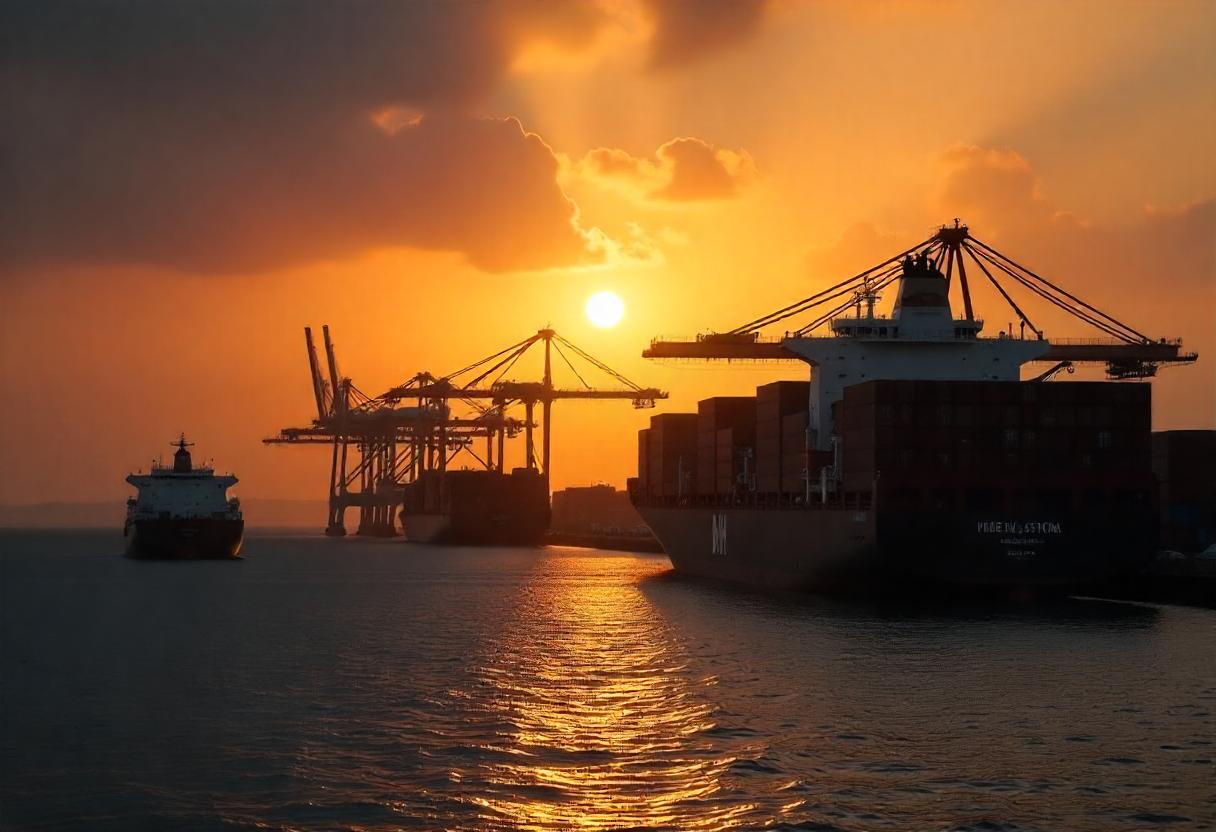
- /
- By smallworldindia
Global retailers are increasingly considering India as a best sourcing destination in a time marked by changing consumer needs and shifting supply chain dynamics. India is expected to establish itself as a manufacturing and exporting powerhouse by 2025 because to its affordable prices, highly qualified workforce, and forward-thinking regulations. In this blog we discuss the main reasons why international retailers are shifting their product sourcing to India.
1. India is Emerging as a New Manufacturing Powerhouse

India’s manufacturing sector is undergoing a transformative boom, fueled by initiatives like Make in India and Production-Linked Incentive (PLI) schemes. These programs aim to boost domestic production across 14 key sectors, including electronics, textiles, and pharmaceuticals. By 2025, India’s manufacturing GDP is expected to grow to $1 trillion, offering global retailers access to cost-effective, high-quality goods.
As of January 31, 2025, the country’s real GDP growth is estimated at 6.4 percent in FY 2024-25. The real GDP growth for FY 2025-26 is anticipated to grow between 6.3 and 6.8 percent.
Source – www.india-briefing.com
2. Diversification of Supply Chains After Covid-19 Pandemic

The COVID-19 pandemic exposed vulnerabilities in over-reliance on single-region sourcing. A 2023 McKinsey report revealed that 67% of global companies plan to diversify suppliers by 2025. India, with its vast resource base and resilient infrastructure, has become a preferred alternative to China.
3. Handmade expertise and a skilled workforce

India has a 65% working-age population, providing an unmatched labor pool. Beyond tech talent, the country boasts handmade excellence in textiles (e.g., Varanasi silk), gems (Surat diamonds), and handicrafts (Moradabad metalware). Platforms like India Handloom Brand connect global retailers with certified artisans, ensuring premium craftsmanship.
4. Government Reforms and Ease of Doing Business

Recent reforms, such as reduced corporate taxes (22% for domestic companies) and simplified FDI policies, have improved India’s Ease of Doing Business ranking. The Goods and Services Tax (GST) and digitized customs processes further streamline cross-border trade.
India’s manufacturing industry is changing dramatically as a result of innovative policies meant to redefine its place in the world. A fundamental component of the government’s plan to position India as a global manufacturing powerhouse while encouraging innovation, efficiency, and competitiveness across important industries, the Production Linked Incentive (PLI) Scheme is at the center of this change.
Source- pib.gov.in
5. Sustainability and Ethical Sourcing Practices

With 73% of consumers prioritizing eco-friendly brands (2023 Nielsen Report), retailers like H&M and Patagonia are sourcing organic cotton and recycled materials from India. Initiatives like Project SU.RE (Sustainable Resolution) align with global ESG goals, positioning India as a leader in ethical manufacturing.
6. Digital Infrastructure and E-Commerce Growth

India’s digital revolution, powered by UPI (2.8 billion monthly transactions) and the Open Network for Digital Commerce (ONDC), enables seamless B2B transactions. E-commerce exports, projected to hit $200 billion by 2025, allow retailers to efficiently partner with SMEs via platforms like Amazon Global Selling.
7. Strategic Geopolitical Advantages

India’s location offers access to key markets in Europe, the Middle East, and ASEAN. Free trade agreements, such as the India-UAE CEPA, reduce tariffs, while the Quad alliance strengthens Indo-Pacific trade security.
8. Challenges
While bureaucratic delays and infrastructure gaps persist, projects like the National Infrastructure Pipeline ($1.4 trillion investment by 2025) aim to address these hurdles. Global retailers must navigate cultural nuances but can leverage India’s improving logistics network.
By 2025, India’s blend of cost efficiency, innovation, and sustainability will make it indispensable for global retailers. As supply chains evolve, those partnering with Indian suppliers will gain a competitive edge in quality, agility, and ethical compliance.
Explore how your business can tap into India’s potential—connect with sourcing experts today!

